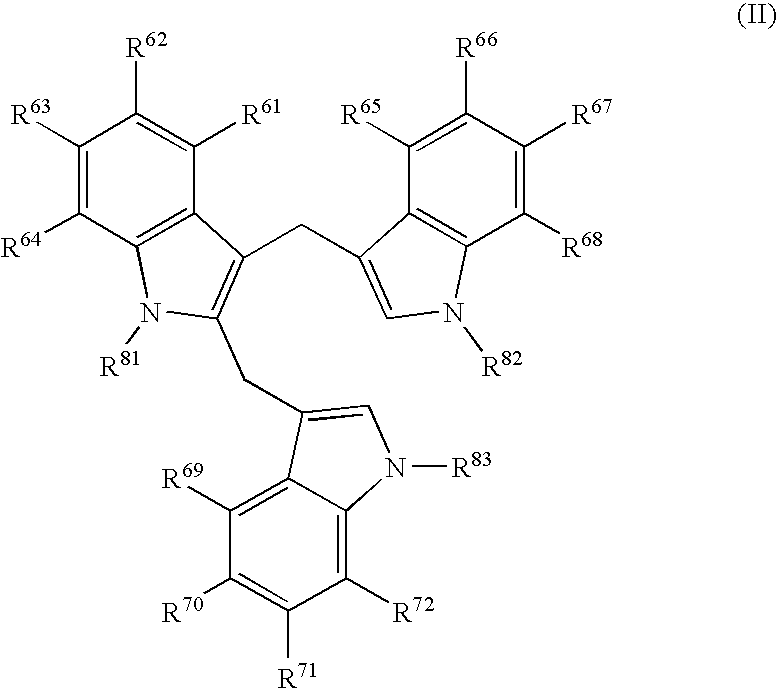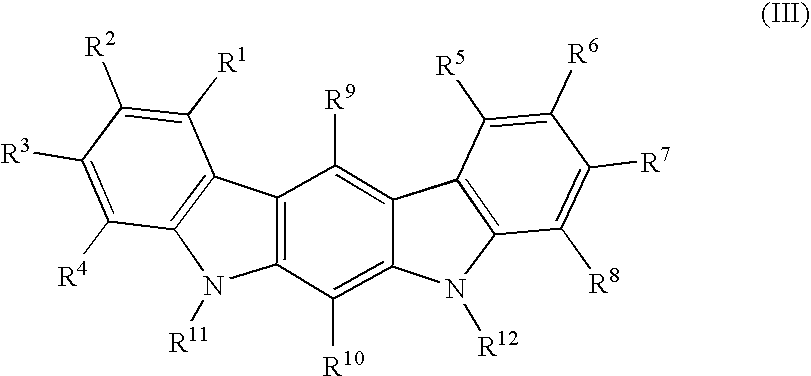Use of diindolylmethane-related indoles and growth factor receptor inhibitors for the treatment of human cytomegalovirus-associated disease
a technology of growth factor receptor and diindolylmethane, which is applied in the direction of heterocyclic compound active ingredients, biocide, animal husbandry, etc., can solve the problems of hcmv infection, inability to produce, and often latent hcmv, so as to improve the response to standard radiation therapy
- Summary
- Abstract
- Description
- Claims
- Application Information
AI Technical Summary
Benefits of technology
Problems solved by technology
Method used
Image
Examples
Embodiment Construction
[0041] The invention concerns methods and compositions of preventing and treating Human Cytomegalovirus (HCMV) infections and HCMV-related diseases utilizing Diindolylmethane (DIM)-related indoles in combination with GFR inhibitors. The combined activity of DIM-related indoles and GFR inhibitors describes a new mode of treatment of HCMV infections directed at promoting programmed cell death (apoptosis) of HCMV infected cells. The methods and compositions provide improved treatment for HCMV-related infections, benign cell-proliferative disorders, and for HCMV-associated cancers. Cancer-related treatments using DIM-related indoles and GFR inhibitors include the use of oral and parenteral preparations in conjunction with radiation therapy. Thus, in one embodiment, DIM-related indoles and GFR inhibitors used together serve to overcome radiation induced resistance to apoptosis and increase the therapeutic efficacy of radiation therapy.
[0042] In another embodiment, the methods of the inv...
PUM
| Property | Measurement | Unit |
|---|---|---|
| Mass | aaaaa | aaaaa |
| Mass | aaaaa | aaaaa |
| Mass | aaaaa | aaaaa |
Abstract
Description
Claims
Application Information
 Login to View More
Login to View More - R&D
- Intellectual Property
- Life Sciences
- Materials
- Tech Scout
- Unparalleled Data Quality
- Higher Quality Content
- 60% Fewer Hallucinations
Browse by: Latest US Patents, China's latest patents, Technical Efficacy Thesaurus, Application Domain, Technology Topic, Popular Technical Reports.
© 2025 PatSnap. All rights reserved.Legal|Privacy policy|Modern Slavery Act Transparency Statement|Sitemap|About US| Contact US: help@patsnap.com



